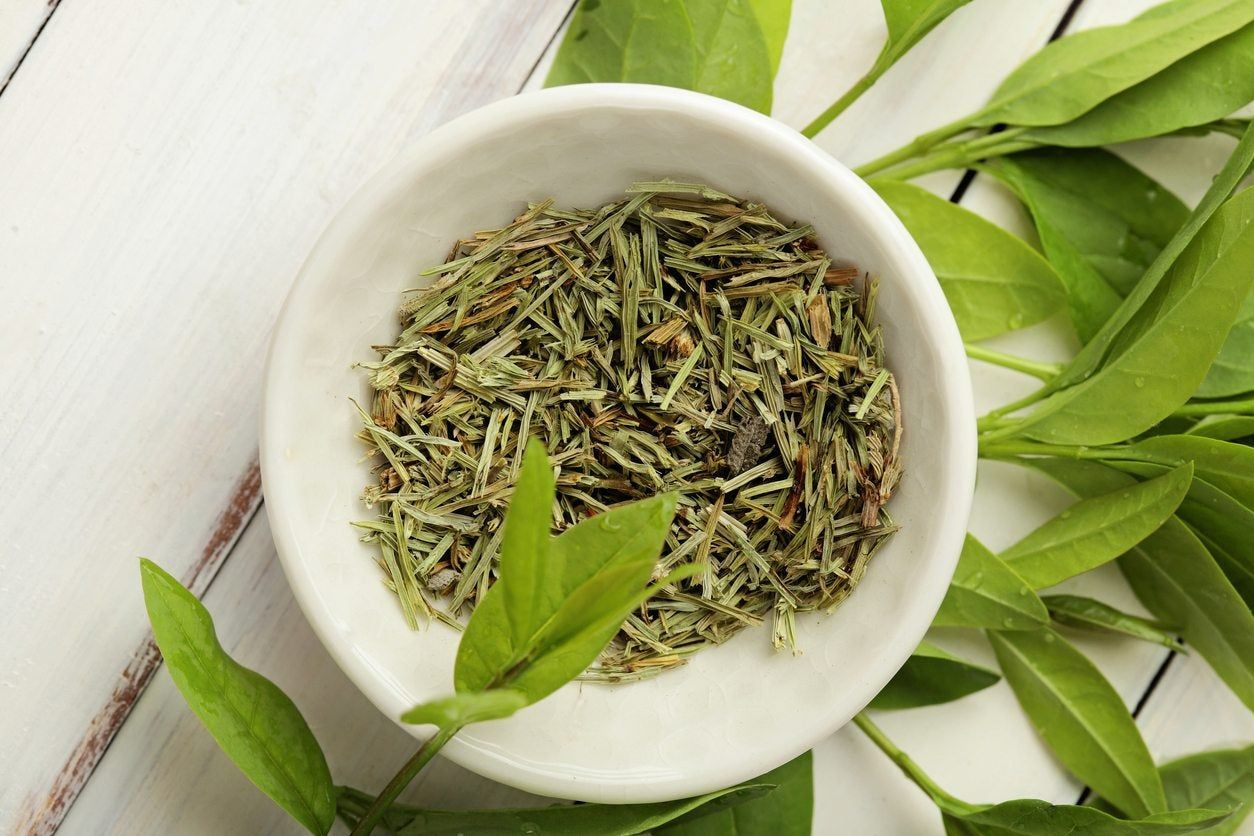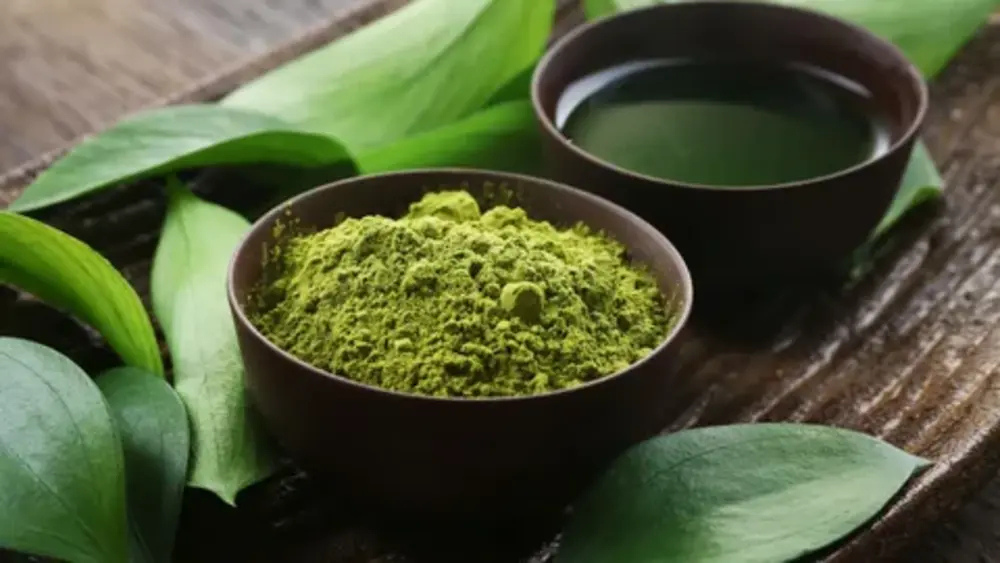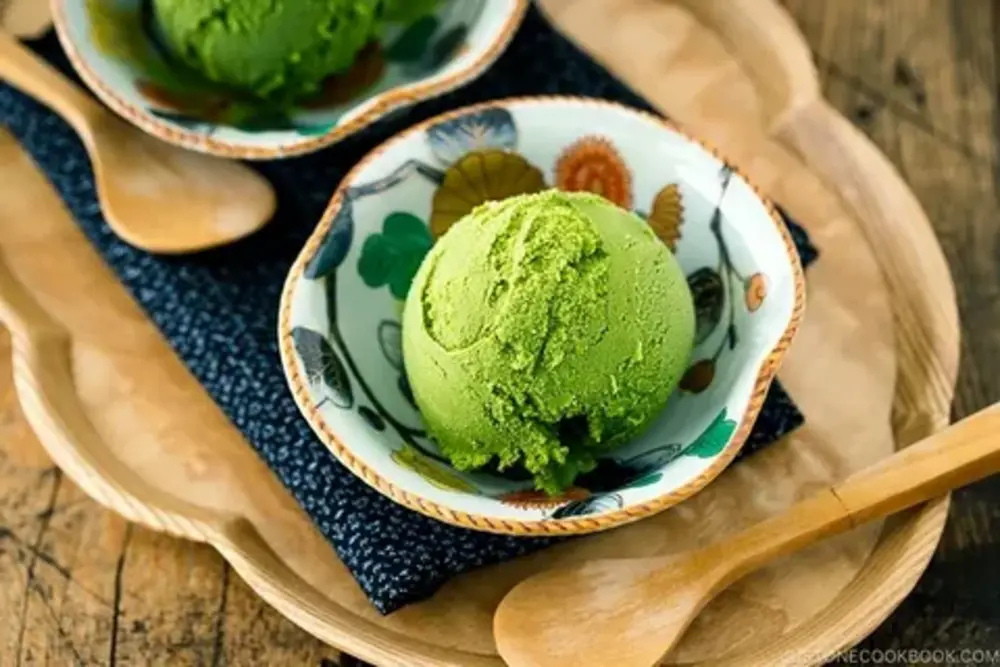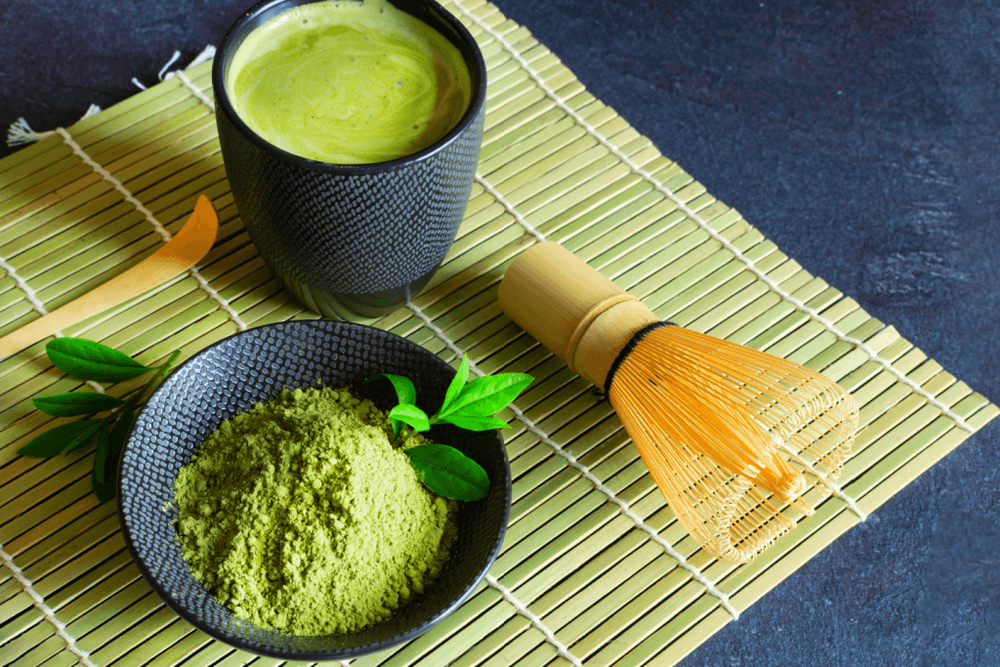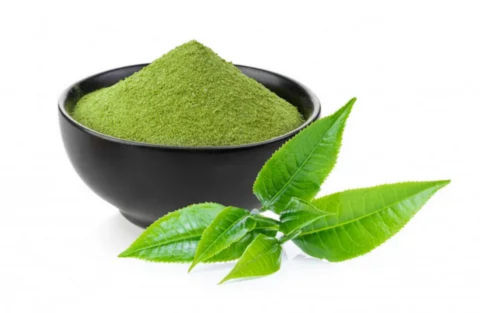Green Tea for Plants is a natural way to enrich soil, boost growth, and support microbes. Learn simple, safe methods to use it for a healthier garden.
Introduction
Most of us enjoy green tea as a healthy drink, but few realize that it can also benefit plants. Rich in nutrients, antioxidants, and organic matter, green tea for plants is gaining popularity among gardeners who want eco-friendly, low-cost solutions.
When used correctly, it helps improve soil quality, supports beneficial microbes, and provides a gentle boost of nitrogen. Unlike chemical fertilizers, green tea is biodegradable and safe for the environment.
However, moderation is key—overusing it can lead to soil imbalances. In this article, we’ll explore what makes green tea useful for plants, the best ways to apply it, and tips to ensure your garden thrives naturally.
What’s in Green Tea That Helps Plants?
Green tea contains several compounds that benefit plant growth:
- Nitrogen: Essential for leafy growth, green tea leaves provide a small but useful nitrogen boost.
- Tannins: Naturally occurring compounds that can improve soil structure and encourage healthy microbial activity.
- Polyphenols & antioxidants: While best known for human health, they also play a role in soil enrichment and microbial balance.
- Minerals: Trace amounts of potassium, magnesium, and phosphorus support overall plant vigor.
These nutrients make green tea for plants especially helpful as a supplement rather than a primary fertilizer. Acid-loving plants—such as blueberries, azaleas, and hydrangeas—respond particularly well to its slightly acidic properties. By adding brewed tea or composting used leaves, you enrich soil with slow-release organic matter that encourages healthier growth.
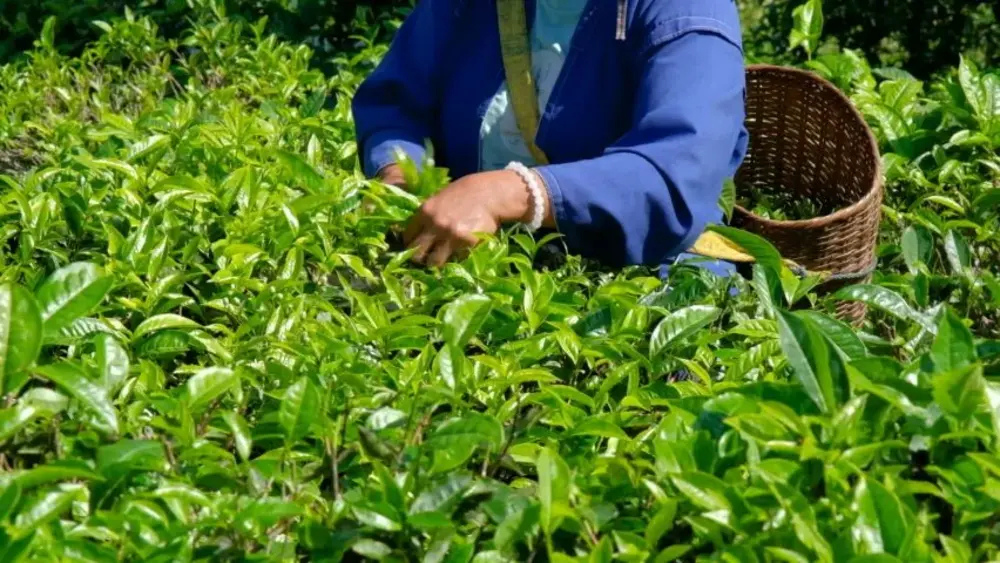
Benefits of Using Green Tea for Plants
Gardeners choose green tea for plants because it offers a range of natural benefits:
| Benefit | Explanation |
|---|---|
| Improves Soil Quality | Green tea adds organic material that enhances soil aeration and water retention. |
| Supports Beneficial Microbes | Its nutrients promote microbial activity, helping break down organic matter and make nutrients available to plants. |
| Gentle Nitrogen Source | Unlike chemical fertilizers that can burn roots, green tea provides a mild, steady supply of nitrogen. |
| Eco-Friendly Solution | Repurposing tea leaves reduces waste and avoids harmful synthetic additives. |
| Cost-Effective | A free or low-cost alternative since most households already consume tea. |
However, it should not replace balanced fertilization. Green tea works best as part of a broader soil care routine, alongside compost and organic amendments. Think of it as a natural supplement that enhances plant resilience rather than a complete fertilizer.

How to Use Green Tea for Plants
There are several safe and effective ways to use green tea for plants:
| Method | How to Use | Benefit |
|---|---|---|
| Diluted Brew | Brew a weak cup of green tea, let it cool, and dilute with water before applying to soil. Use once every few weeks. | Provides mild nutrients safely. |
| Soil Drench | Pour cooled, diluted tea directly around the base of plants. | Encourages nutrient absorption through roots. |
| Foliar Spray | Lightly mist diluted tea on leaves (avoid direct sunlight). | Quick nutrient boost for leaves. |
| Composting Tea Leaves | Add used tea leaves to compost bins as a “green” material. | Balances compost and enriches final compost mix. |
| Mulch Top-Dress | Spread dried tea leaves around plant bases as mulch. | Improves soil texture and retains moisture. |
- Important Tip: Always avoid overuse. Too much green tea can make soil overly acidic, especially for plants that prefer neutral or alkaline conditions.
Best Plants for Green Tea Application
Not all plants respond equally to green tea. Acid-loving plants benefit most, including:
- Blueberries
- Azaleas
- Rhododendrons
- Hydrangeas
- Camellias
Vegetables like tomatoes and peppers can tolerate small amounts, but use sparingly. On the other hand, plants that prefer alkaline soil—such as lavender or rosemary—may not benefit and could even be harmed if tea is applied too often.
For best results, apply green tea for plants only once every few weeks, adjusting frequency based on how your plants respond. Monitor soil pH regularly to avoid long-term imbalances.
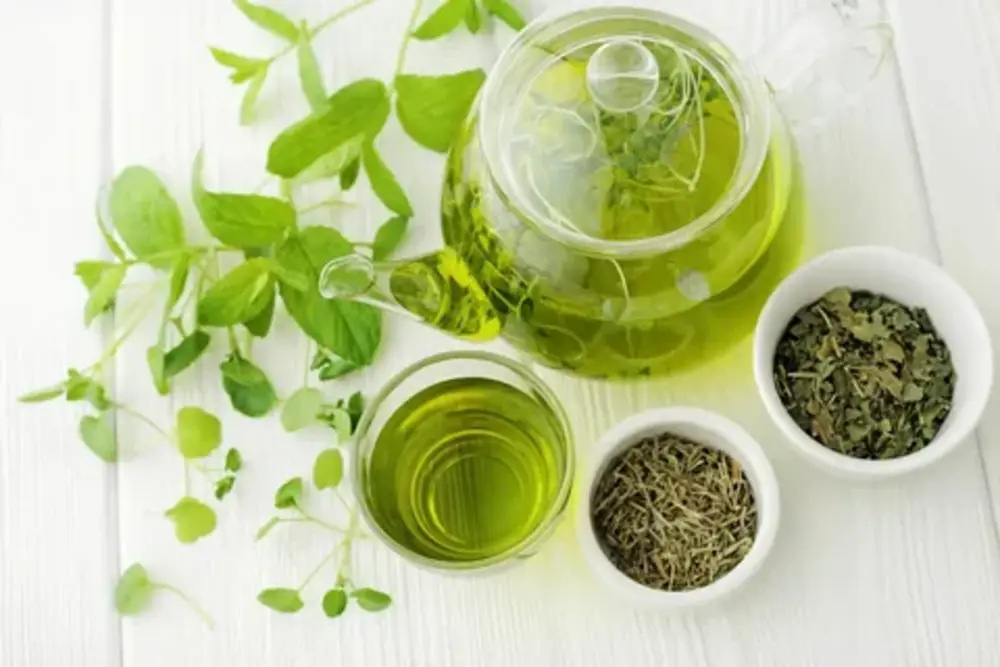
FAQs on Green Tea for Plants
1. Can I water my plants with leftover green tea?
Yes, but dilute it first. Strong tea can harm roots and alter soil pH.
2. Can I put tea bags in soil directly?
Only if they’re biodegradable and plastic-free. Remove staples and strings before use.
3. How often should I use green tea for plants?
Once every 3–4 weeks is ideal. Overuse can cause excessive acidity.
4. Can flavored green tea be used?
No. Stick to plain, unflavored green tea, as additives may harm soil and plants.
5. Does green tea replace fertilizer?
No. It works best as a supplement alongside compost and organic fertilizers.
Conclusion
Using green tea for plants is a simple, eco-friendly way to recycle kitchen waste and enrich soil. It provides mild nutrients, supports microbes, and benefits acid-loving plants in particular. The key is moderation—think of green tea as a supplement, not a substitute, for balanced fertilization. When combined with compost and good gardening practices, it can help create healthier soil and stronger, more resilient plants.

